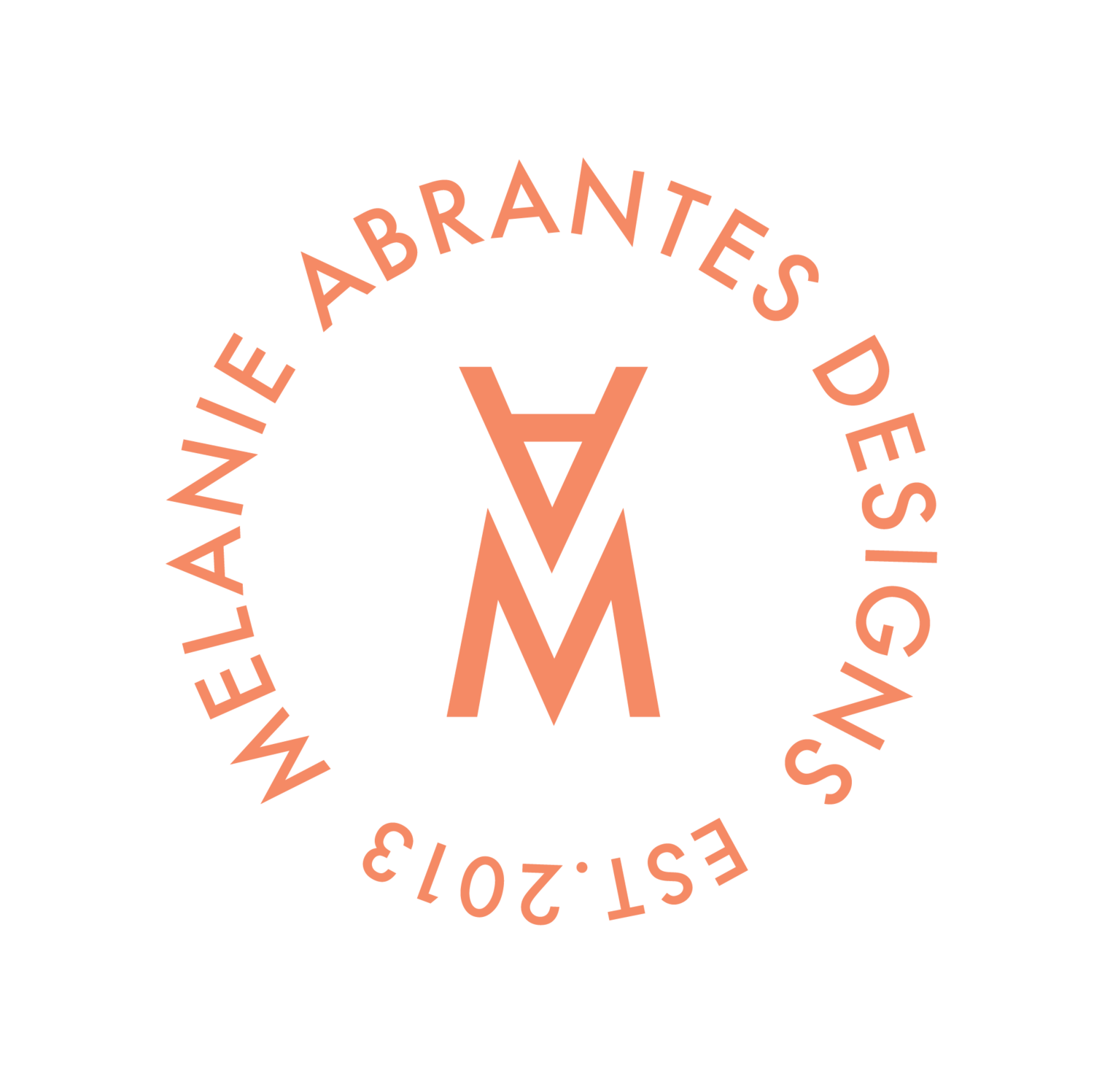Cork Oak Forest in Portugal
About Cork
A typical tree produces several hundred kilograms of cork at each harvesting and will survive for many generations. The bark is stripped off the tree in sections by highly skilled workers using special axes, a traditional manual skill that dates back many hundreds of years. "Cork is the outer bark of the cork oak tree, quercus suber, which grows mainly in the Mediterranean region. The bark is a vegetal tissue composed of an agglomeration of cells filled with a gaseous mixture similar to air and lined with alternating layers of cellulose and suberin."
Cork bark being transported on a horse in Portugal.
Cork is harvested on a sustainable basis and the stripping of the bark does not harm the tree in any way. The bark grows back completely, taking on a smoother texture after each harvest. A cork oak tree can be safely harvested up to 20 times during its life cycle, making cork a truly inexhaustible natural resource. The material is mostly grown in Portugal (50%!) and it is dust and stain-repellent, anti-bacterial, washable and water-resistant – which makes it wonderful for housewares and everyday accessories.
Want more? Real Cork has a very detailed explanation on cork here.
Check out Melanie's line of cork goods here! Information sourced from: Green Building Supply




